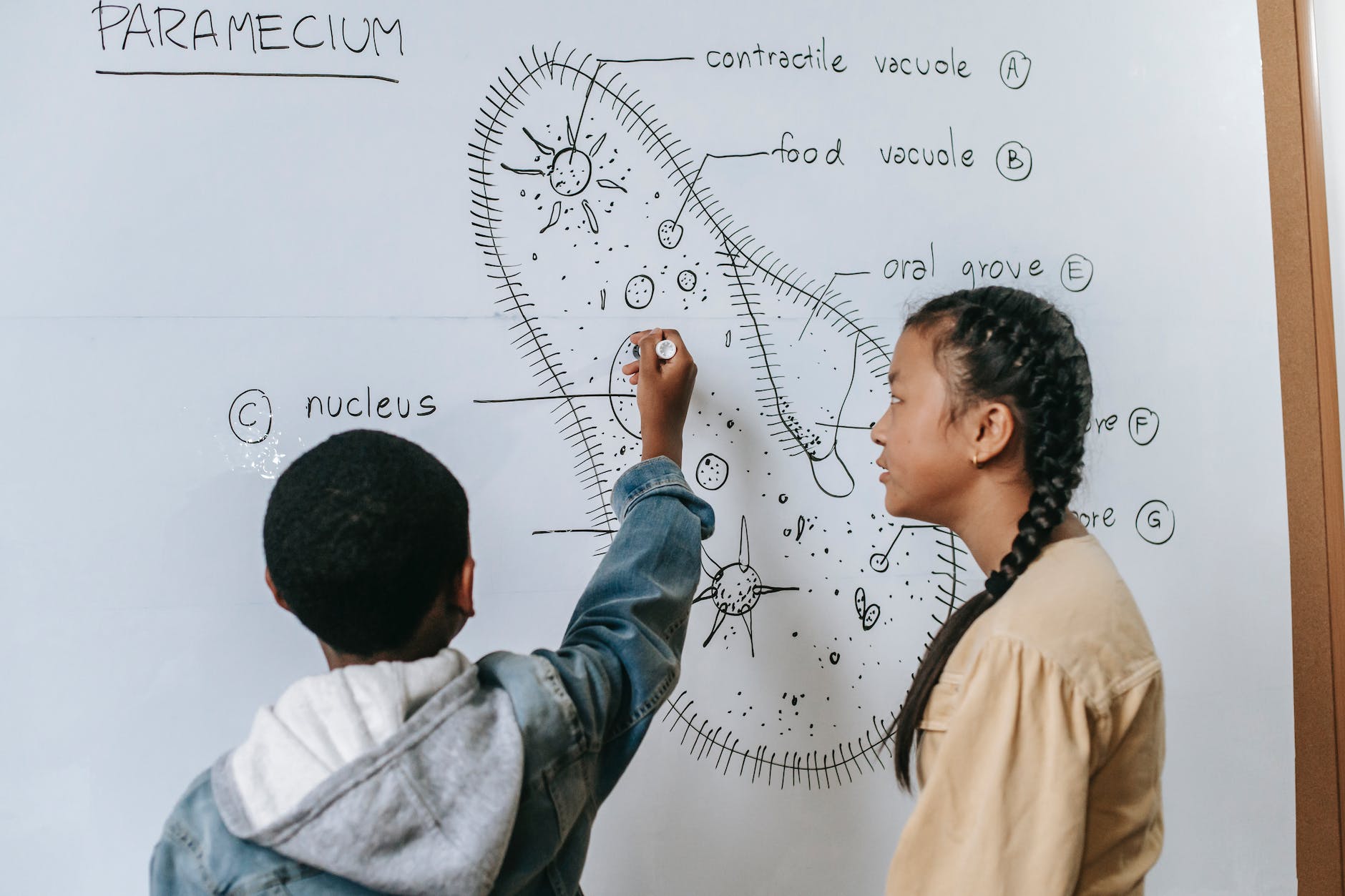As a teacher, your classroom displays play a crucial role in creating an engaging and conducive learning environment. However, having visually appealing displays is not enough; they must also be relevant, visible, and representative to have a positive impact on your students’ learning experience. In this blog post, we will explore three essential aspects of classroom displays: relevance, visibility, and representation, and how to ensure they score high in each category.
Relevance
Effective classroom displays should be more than just decorative elements. They should be directly linked to the content you’re teaching and serve a purpose in supporting your students’ learning. Here are some questions to consider when assessing the relevance of your displays:
a. Are your classroom displays timely and relevant to the content that you’re teaching?
- Regularly update your displays to align with the current topics and themes being covered in your lessons.
b. Have they been designed to actually help students in their learning?
- Ensure that your displays provide useful information, visuals, and resources that support your students’ understanding of the subject matter.
c. Have you explicitly taught your students how to use the displays effectively?
- Take the time to explain to your students the purpose of each display and how they can use them as valuable learning aids.
Visibility
Even the most relevant displays will be of little use if they cannot be seen or accessed by all students. Maximising visibility is crucial to ensure that every learner benefits from the displays in your classroom. Consider the following aspects:
a. Are all displays in appropriate locations to maximise their use and effectiveness?
- Place displays strategically, where they are easily accessible and relevant to the students’ learning activities.
b. Can all students see the displays that they need from where they are seated?
- Ensure that displays are positioned at an appropriate height and angle so that they are visible to all students, regardless of their seating arrangement.
c. Are the fonts and graphics clear and appropriately sized to be visible from where students are located?
- Use clear, legible fonts and graphics that can be easily read from a distance, making the information accessible to everyone in the classroom.
Representation
Incorporating students’ work and involving them in the creation of displays fosters a sense of ownership and pride in their learning environment. This aspect is often overlooked but can significantly impact the overall classroom atmosphere:
a. Do displays include students’ own work (published work, examples)?
- Showcase your students’ achievements by displaying their artwork, writing samples, projects, and other creative expressions.
b. Have displays (or parts of the displays) been co-constructed with your students?
- Involve your students in the design and creation process of some displays, giving them a sense of involvement and control over their learning space.
c. Do your classroom displays use students’ own writing, words, images, or created graphics?
- Incorporate student-generated content in your displays to make the learning environment more personal and relatable to them.
Creating effective classroom displays is not just about making the walls look pretty; it’s about designing an environment that enhances learning, engagement, and a sense of belonging for all students. By conducting a quick ‘health’ check of your displays using the three key criteria—relevance, visibility, and representation—you can ensure that your classroom displays serve their purpose and positively impact your students’ educational journey.




